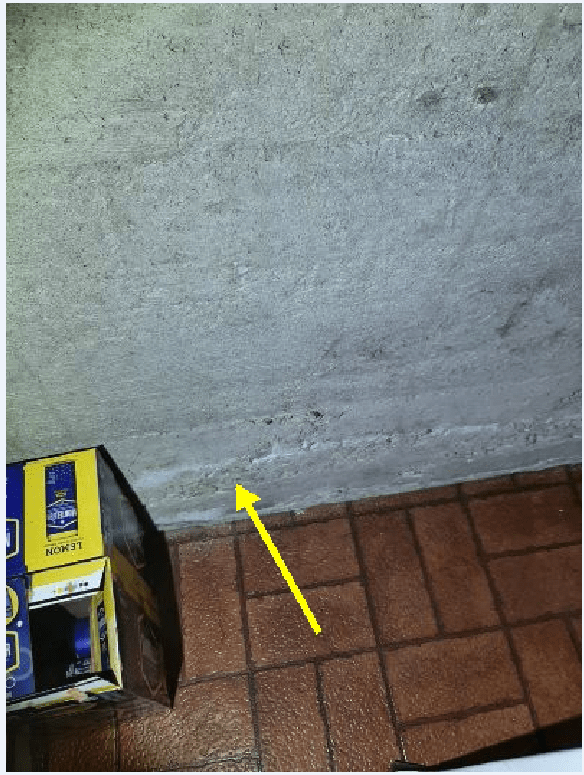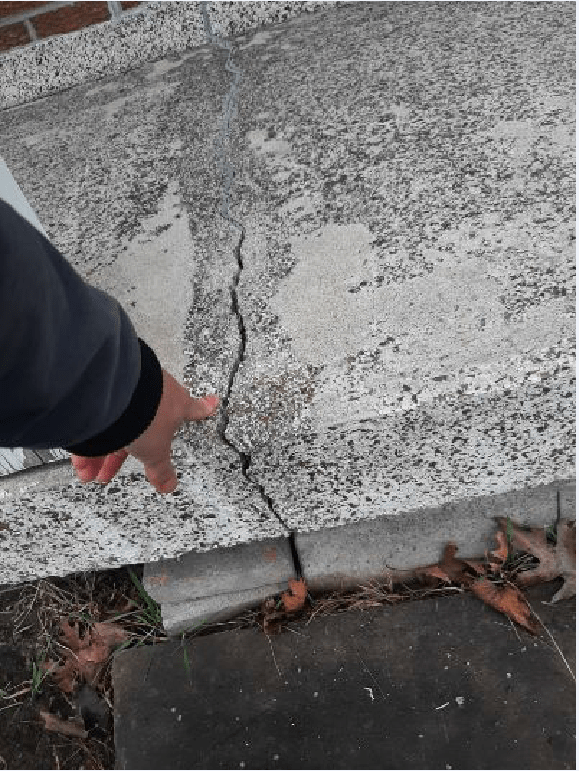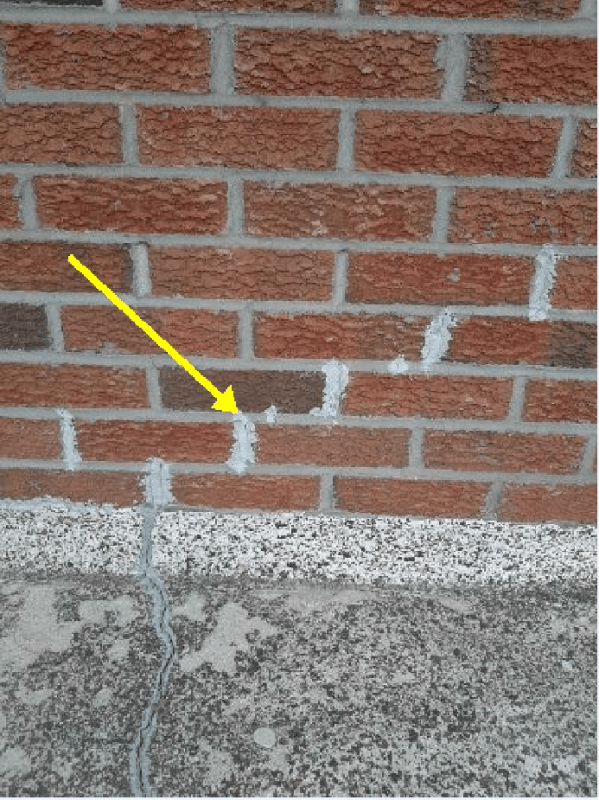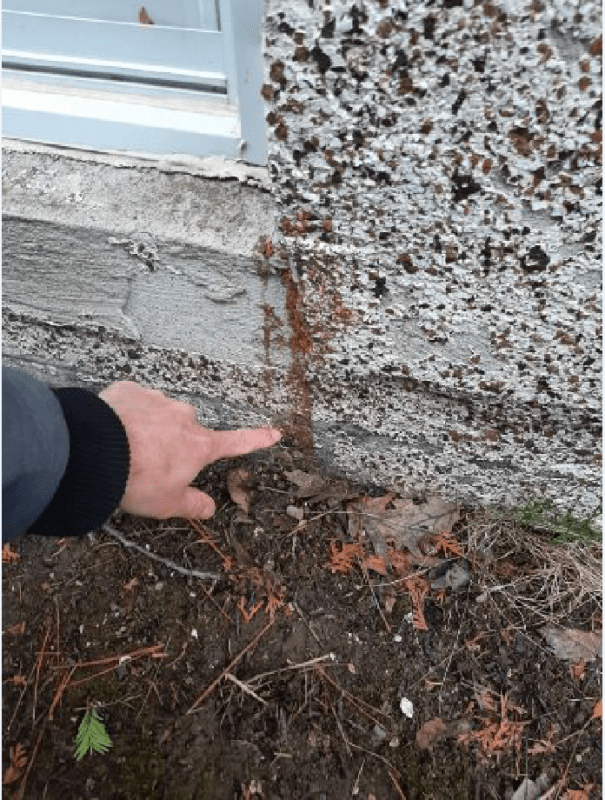Logan82
Structural
- May 5, 2021
- 212
Hi,
I am shopping for a single-family home. There is a house about 50 years old that interests me. However, it has a 5mm wide crack at the front and back. The crack may go from one side of the foundation to the other, but it is not possible to verify this without removing the floor, drywall, and insulation. The crack has spread on the exterior brick siding about 2 feet high, both at the front and back of the house. However, the crack has not spread to the interior drywall.
- What does this type of defect imply?
- Would it be relevant to request a quote to see if it would be appropriate to consult with an expert about underpinning the foundation and injecting the cracks? If so, is underpinning + crack injection a durable solution, or is it a temporary fix ("band-aid")?
- Could the fact that a house has been underpinned and injected scare off buyers? I am thinking about resale value in the future.
Sketch:
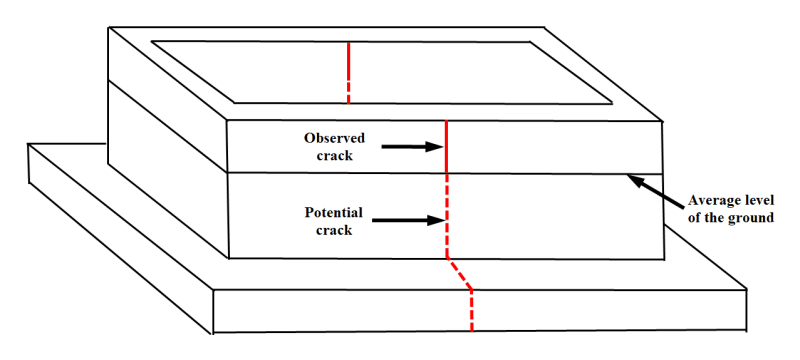
Photo of the crack at the front:
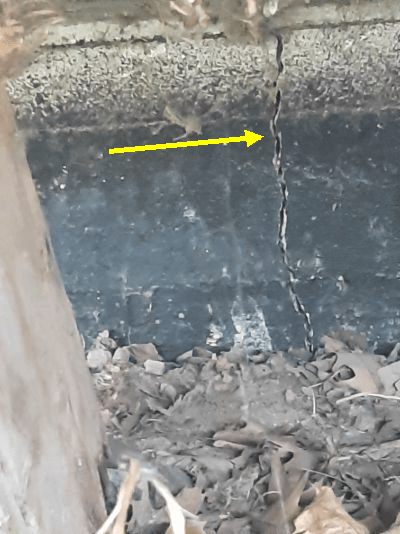
I am shopping for a single-family home. There is a house about 50 years old that interests me. However, it has a 5mm wide crack at the front and back. The crack may go from one side of the foundation to the other, but it is not possible to verify this without removing the floor, drywall, and insulation. The crack has spread on the exterior brick siding about 2 feet high, both at the front and back of the house. However, the crack has not spread to the interior drywall.
- What does this type of defect imply?
- Would it be relevant to request a quote to see if it would be appropriate to consult with an expert about underpinning the foundation and injecting the cracks? If so, is underpinning + crack injection a durable solution, or is it a temporary fix ("band-aid")?
- Could the fact that a house has been underpinned and injected scare off buyers? I am thinking about resale value in the future.
Sketch:

Photo of the crack at the front:


